
Essays
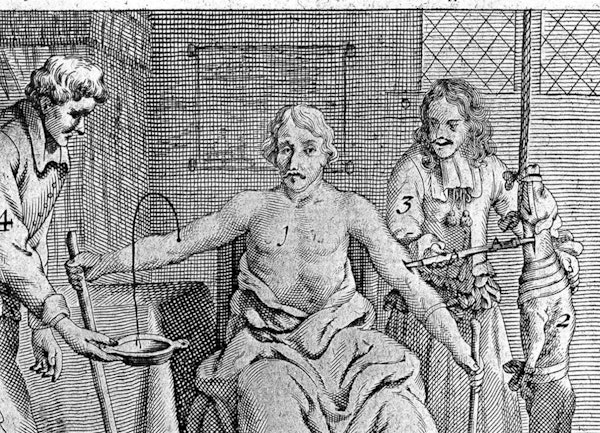
Beast in the Blood: Jean Denis and the “Transfusion Affair”
During the late 1660s in Paris, transfusing the blood of calves and lambs into human veins held the promise of renewed youth and vigour. Peter Sahlins explores Jean Denis’ controversial experiments driven by his belief in the moral superiority of animal blood: a substance that could help redeem the fallen state of humanity. more
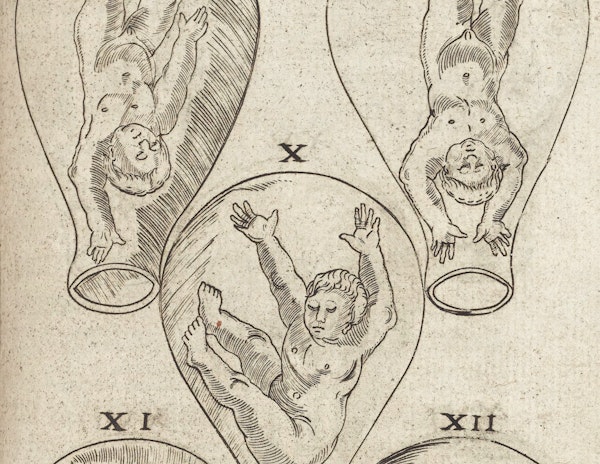
Picturing Pregnancy in Early Modern Europe
When the womb began to appear in printed images during the 16th century, it was understood through analogy: a garden, uroscopy flask, or microcosm of the universe. Rebecca Whiteley explores early modern birth figures, which picture the foetus in utero, and discovers an iconic form imbued with multiple kinds of knowledge: from midwifery know-how to alchemical secrets, astrological systems to new anatomical findings. more
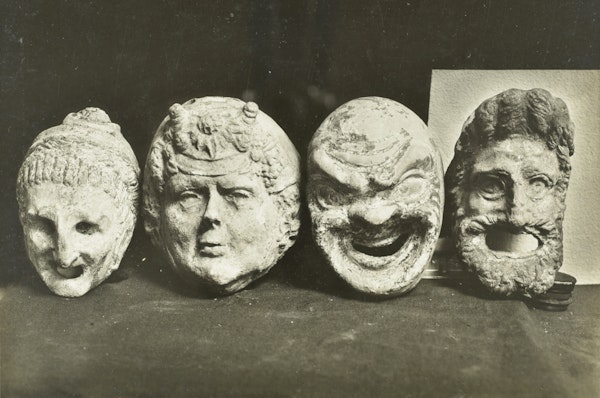
Images from the Collective Unconscious: Olga Fröbe-Kapteyn and the Eranos Archive
In the 1930s, Olga Fröbe-Kapteyn, mystic and founder of the multidisciplinary Eranos forum, began compiling a diverse visual archive that would allow dreamers to cross-reference their visions with the entirety of cultural history. Frederika Tevebring explores this grandiose undertaking and its effect on the archivist, as images from the collection began to blur with her psyche. more
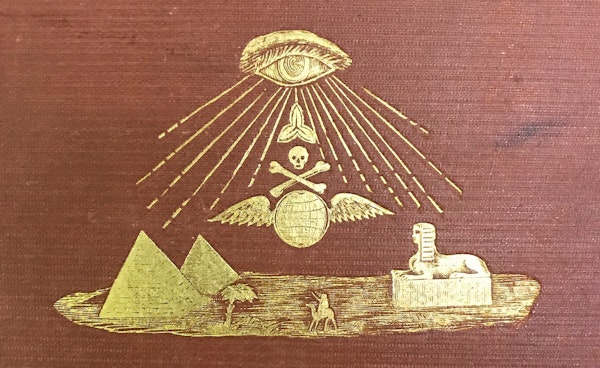
The Emancipatory Visions of a Sex Magician: Paschal Beverly Randolph’s Occult Politics
Erotic magic, Black emancipation, gender fluidity, interplanetary spirit realms — these were but a few of the topics that preoccupied Paschal Beverly Randolph (b. 1825), an occult thinker who believed that his multiracial identity afforded him “peculiar mental power and marvelous versatility”. Lara Langer Cohen considers the neglected politics of Randolph’s esoteric writings alongside the repeated frustration of his activism: how dreams of other worlds, above and below our own, reflect the unfulfilled promises of Emancipation. more
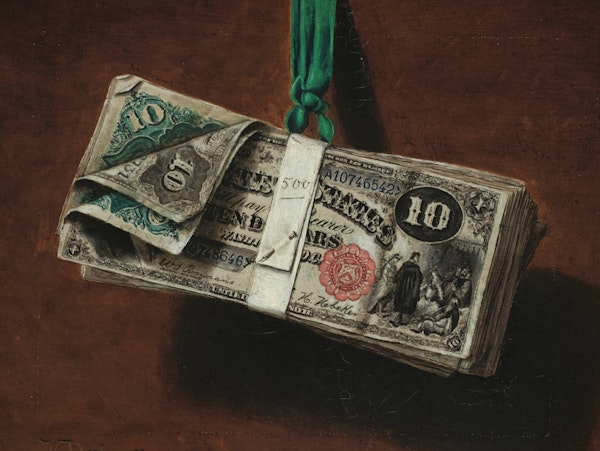
Illusory Wealth: Victor Dubreuil’s Cryptic Currencies
After supposedly stealing 500,000 francs from his bank, the mysterious Victor Dubreuil (b. 1842) turned up penniless in the United States and began to paint dazzling trompe l’oeil images of dollar bills. Once associated with counterfeiting and subject to seizures by the Treasury Department, these artworks are evaluated anew by Dorinda Evans, who considers Dubreuil’s unique anti-capitalist visions among the most daring and socially critical of his time. more
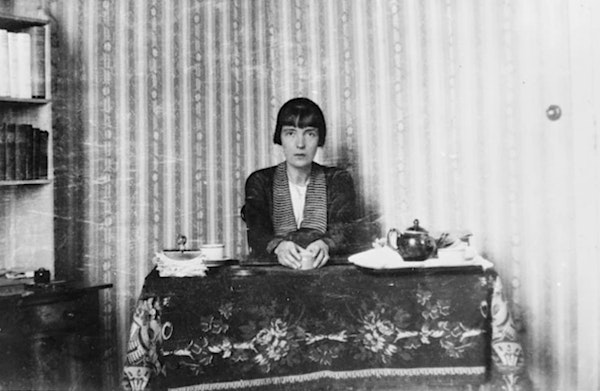
Eating and Reading with Katherine Mansfield
Like fast food and snacks, the short story has been derided as minor cuisine, ephemeral and insubstantial, light fare compared to the novel’s sustenance. For Katherine Mansfield, a great master of the form, eating offered a model for the sensuous consumption of her fiction — stories, in turn, that are filled with scenes of alimentary pleasure. On the centenary of the New Zealand writer’s death, Aimée Gasston samples her appetites. more
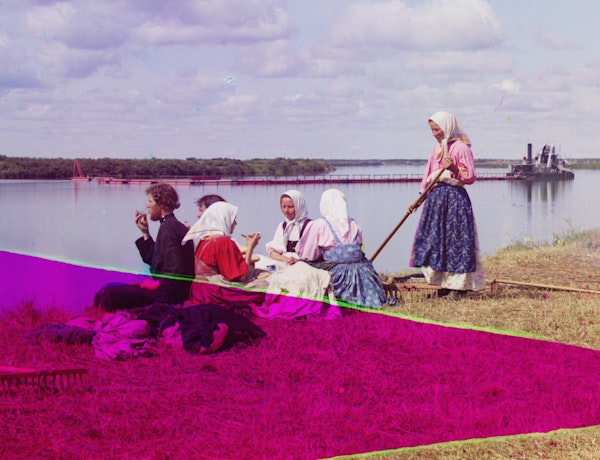
In Search of True Color: Sergei Prokudin-Gorsky’s Flawed Images
Archived amid Prokudin-Gorsky’s vast photographic survey of the Russian Empire, we find images shot through with starshatter cracks, blebbed with mildew, and blurred by motion. Within such moments of unmaking, Erica X Eisen uncovers the overlapping forces at play behind these pioneering efforts in colour photography. more
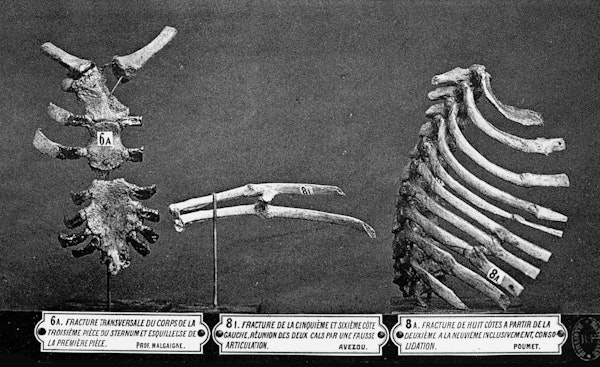
Displaying the Dead: The Musée Dupuytren Catalogue
When Paris’ infamous museum of anatomical pathology closed its doors in 2016, a controversial collection disappeared from view. Daisy Sainsbury explores the history of the Musée Dupuytren, and asks what an ethical future might look like for the human specimens it held. more
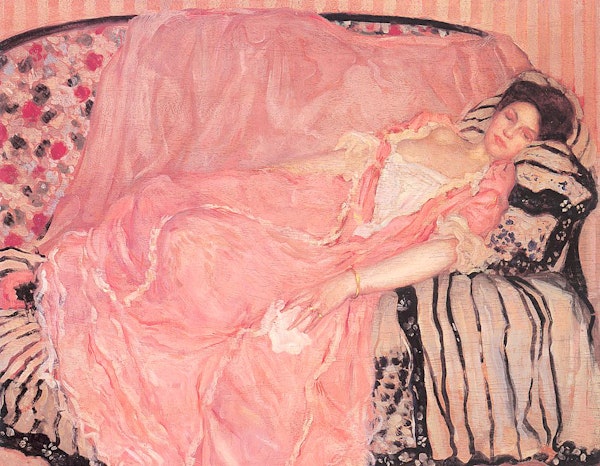
For vast stretches of À la recherche du temps perdu, there is scarcely a page unadorned by vibrant colour. To commemorate the centenary of Marcel Proust’s death, Christopher Prendergast celebrates his use of pink, how its tone shifts from innocence to themes of sexual need, before finally fading out to grey at the novel’s close. more
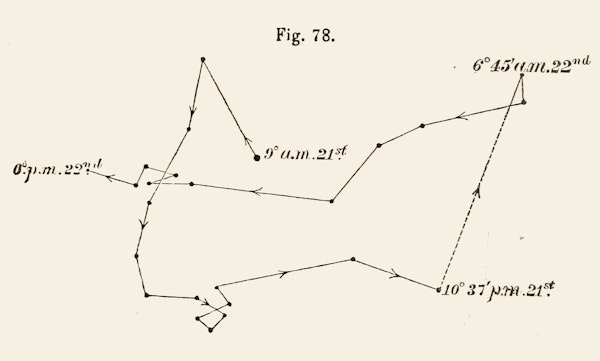
“Spontaneous Revolutions”: Darwin’s Diagrams of Plant Movement
After weeks of watching young tendrils slowly corkscrew their way toward the sun, Charles Darwin set about inventing a system for making botanic motion visible to the naked eye. Natalie Lawrence delves into a lesser-known chapter of the naturalist’s research, discovering revelations about the vegetal world that remain neglected to this day. more
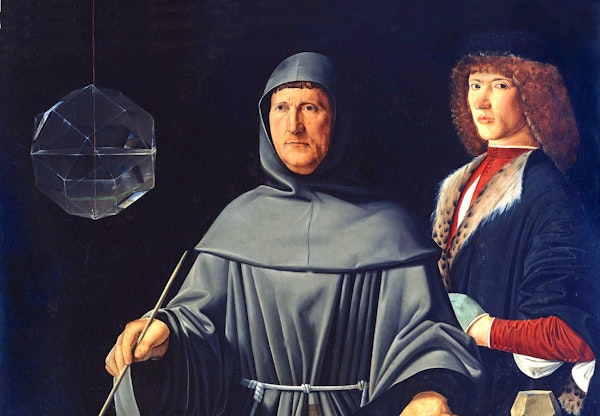
When geometrical solids took hold of the Renaissance imagination, they promised the quintessence of the third dimension in its pure and unadulterated form. Noam Andrews discovers how polyhedra descended from mathematical treatises to artists’ studios, distilling abstract ideas into objects one could see and touch. more

Hypnerotomachia Poliphili and the Architecture of Dreams
With its otherworldly woodcuts and ornate descriptions of imagined architecture, Hypnerotomachia Poliphili brims with an obsessive and erotic fixation on form. Demetra Vogiatzaki accompanies the hero as he wanders the pages of this quattrocento marvel, at once a story of lost love and a fever dream of antiquity. more

Colonizing the Cosmos: Astor’s Electrical Future
During America’s Gilded Age, the future seemed to pulse with electrical possibility. Iwan Rhys Morus follows the interplanetary safari that is John Jacob Astor’s A Journey in Other Worlds, a high-voltage scientific romance in which visions of imperialism haunt a supposedly “perfect” future. more
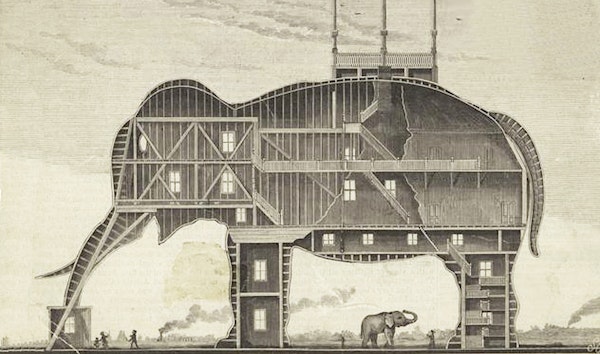
Jumbo’s Ghost: Elephants and Machines in Motion
On September 15, 1885, twenty-five years after his capture in Sudan, Jumbo the elephant tragically died when struck by a freight train. Ross Bullen takes us on a spectral journey through other collisions between elephant and machine — in adventure novels, abandoned roadside hotels, and psychic science — revealing latent anxieties at the century’s turn. more
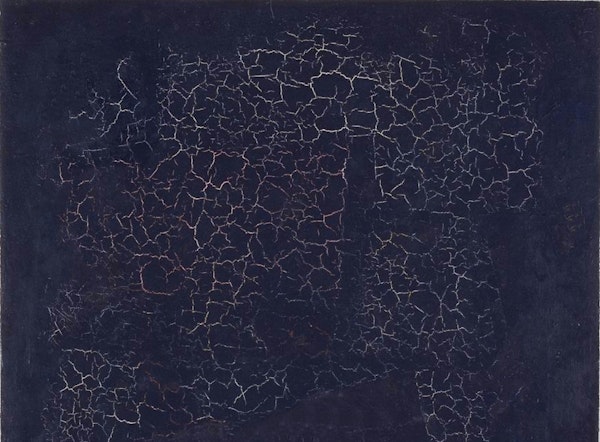
Precedents of the Unprecedented: Black Squares Before Malevich
Described by Kasimir Malevich as the “first step of pure creation in art”, his Black Square of 1915 has been cast as a total break from all that came before it. Yet searching across more than five hundred years of images related to mourning, humour, politics, and philosophy, Andrew Spira uncovers a slew of unlikely foreshadows to Malevich's radical abstraction. more
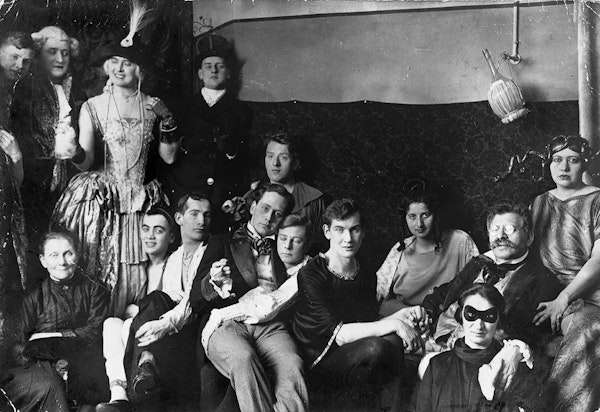
Out on the Town: Magnus Hirschfeld and Berlin’s Third Sex
Years before the Weimar Republic’s well-chronicled freedoms, the 1904 non-fiction study Berlin’s Third Sex depicted an astonishingly diverse subculture of sexual outlaws in the German capital. James J. Conway introduces a foundational text of queer identity that finds Magnus Hirschfeld — the “Einstein of Sex” — deploying both sentiment and science to move hearts and minds among a broad readership. more
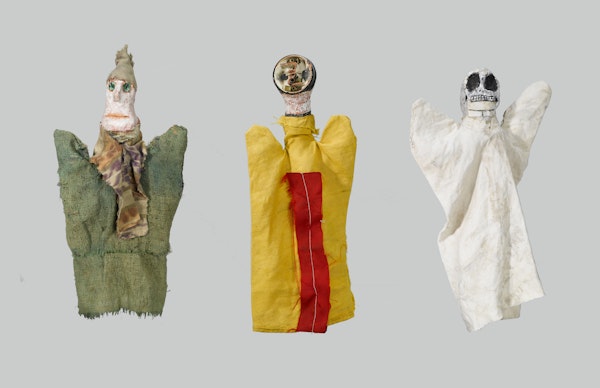
Of Angel and Puppet: Klee, Rilke, and the Test of Innocence
Built for his son from the scraps of daily life — matchboxes, beef bones, nutshells, and plaster — Paul Klee’s hand puppets harbour ghosts of human feelings, fragile communications from a world most adults have left behind. Kenneth Gross compares these enchanted objects to angelic figures, in Klee’s artworks and the poetry of Rainer Maria Rilke, helping us dance as well as wrestle with their visions of innocence. more
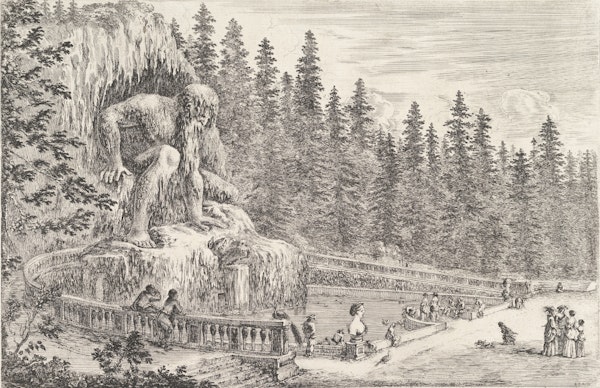
Petrified Waters: The Artificial Grottoes of the Renaissance and Beyond
Idling alongside the waters of artificial grottoes, visitors found themselves in lush, otherworldly settings, where art and nature, pleasure and peril, and humans and nymphs could, for a time, coexist. Laura Tradii spelunks through the handmade caves of the Italian Renaissance and their reception abroad, illuminating how these curious spaces transformed across the centuries. more
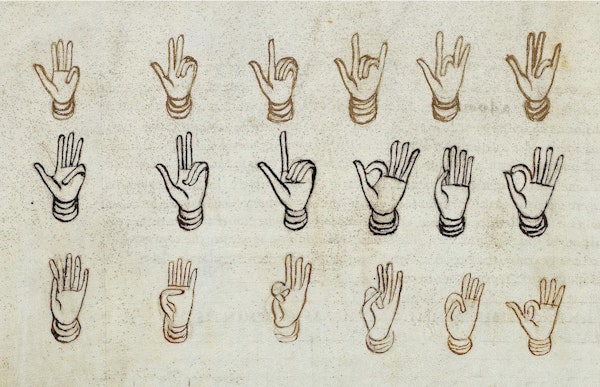
Handy Mnemonics: The Five-Fingered Memory Machine
Before humans stored memories as zeroes and ones, we turned to digital devices of another kind — preserving knowledge on the surface of fingers and palms. Kensy Cooperrider leads us through a millennium of “hand mnemonics” and the variety of techniques practised by Buddhist monks, Latin linguists, and Renaissance musicians for remembering what might otherwise elude the mind. more

Documenting Drugs: The Artful Intoxications of Stanisław Ignacy Witkiewicz
In pursuit of Pure Form, the Polish artist known as “Witkacy” would consume peyote, cocaine, and other intoxicants before creating pastel portraits. Juliette Bretan takes a trip through Witkiewicz’s chemical forays, including his 1932 Narcotics, a genre-bending treatise that warns of the hazards of drugs while seductively recollecting their delirious effects. more
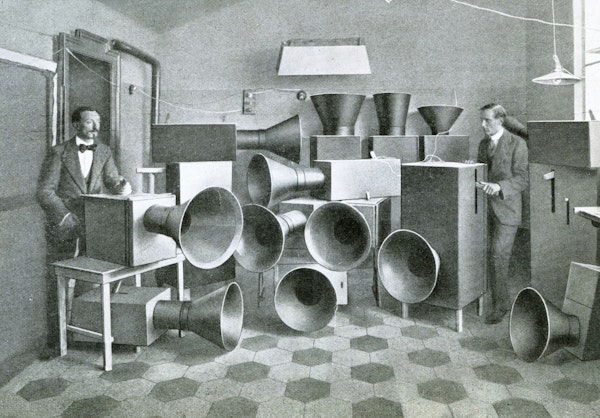
Luigi Russolo’s Cacophonous Futures
What does the future sound like? In the early 20th century, one answer rang out from Luigi Russolo’s intonarumori — lever-operated machines designed to pop, sough, shriek, and shock. Peter Tracy explores the ambitions behind Italian Futurism’s experiments with noise and the sensory, spiritual, and political affinities of this radical new music. more
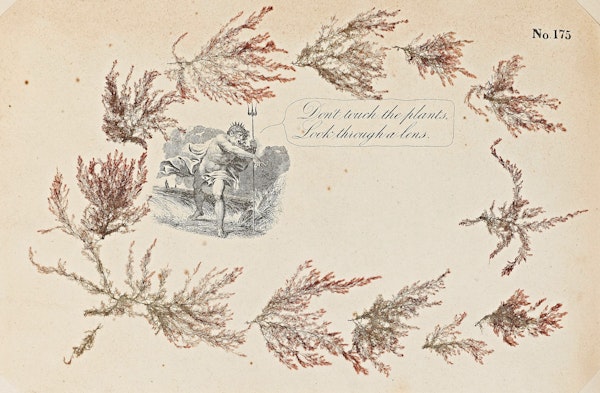
Love and Longing in the Seaweed Album
Combing across 19th-century shores, seaweed collectors would wander for hours, tucking specimens into pouches and jars, before pasting their finds into artful albums. Sasha Archibald explores the eros contained in the pressed and illustrated pages of notable algologists, including “the most ambitious album of all” by Charles F. Durant. more
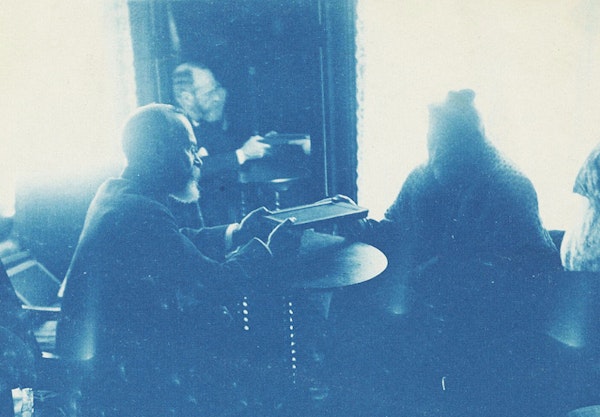
“Pajamas from Spirit Land”: Searching for William James
After the passing of William James — philosopher, early psychologist, and investigator of psychic phenomena — mediums across the US began receiving messages from the late Harvard professor. Channelling these fragmentary voices, Alicia Puglionesi considers the relationship between communication, reputation, and survival after death. more
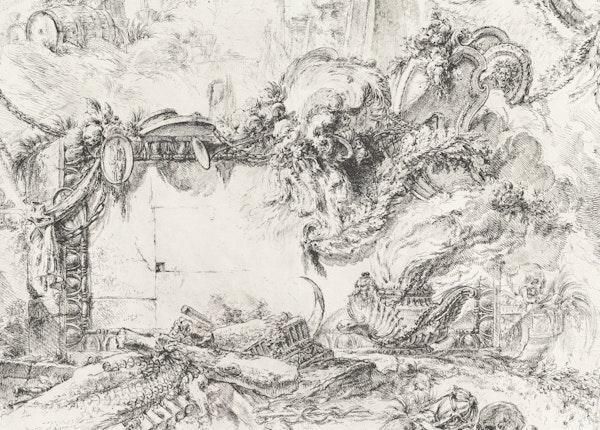
A Paper Archaeology: Piranesi’s Ruinous Fantasias
From the vast confines of his imaginary prisons to the billowy scenes that comprise his grotteschi, the early works of Giovanni Battista Piranesi wed the exacting details of first-hand observation with the farthest reaches of artistic imagination. Susan Stewart journeys through this 18th-century engraver-architect’s paper worlds. more

